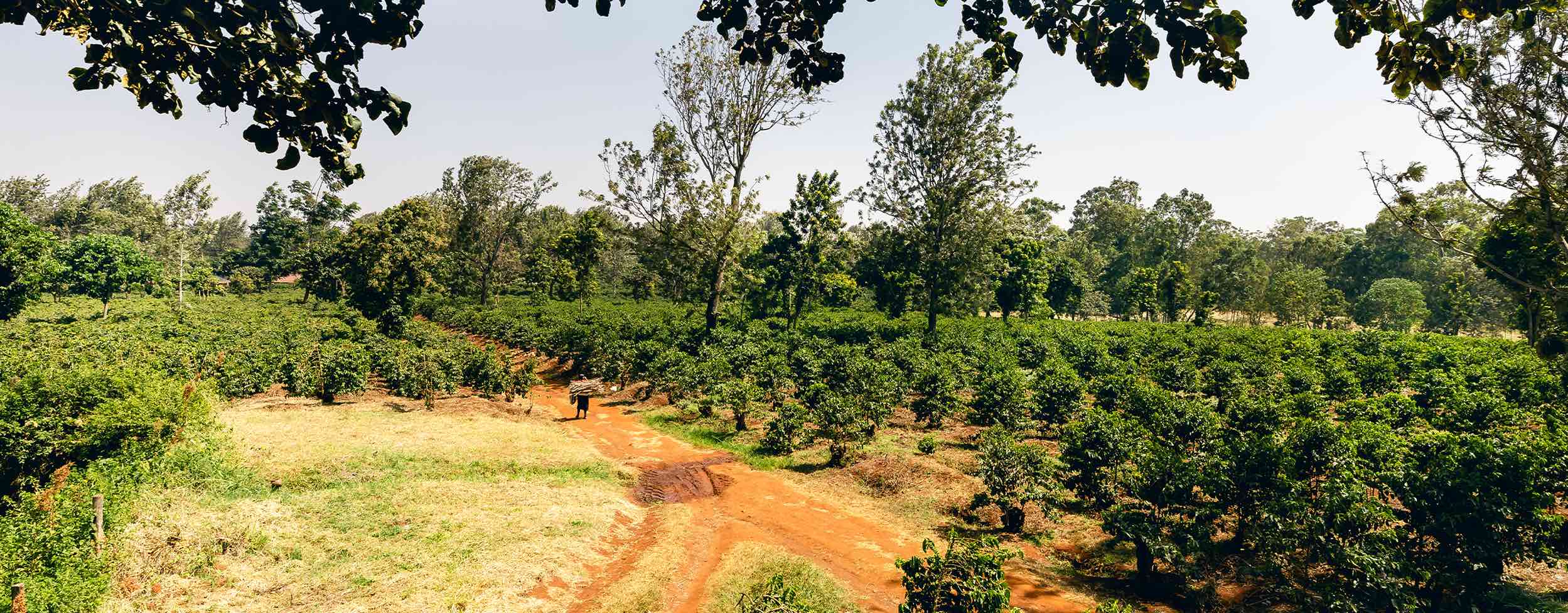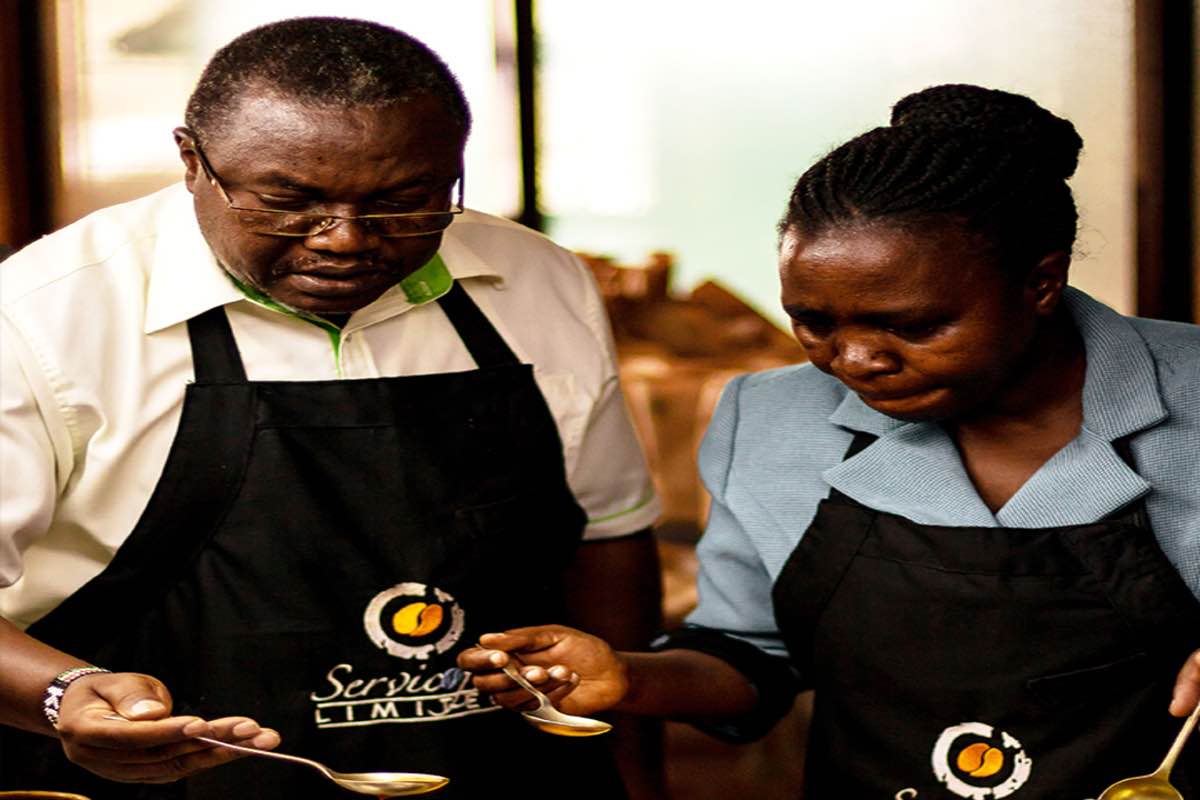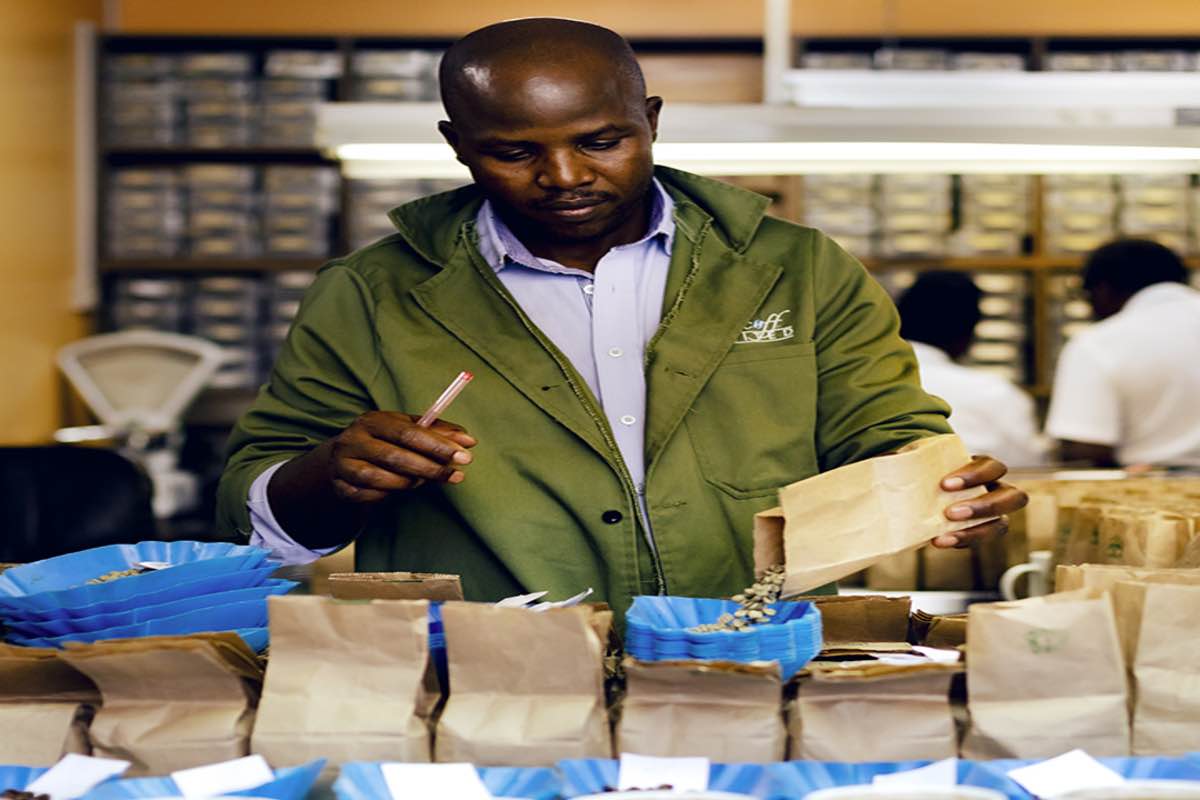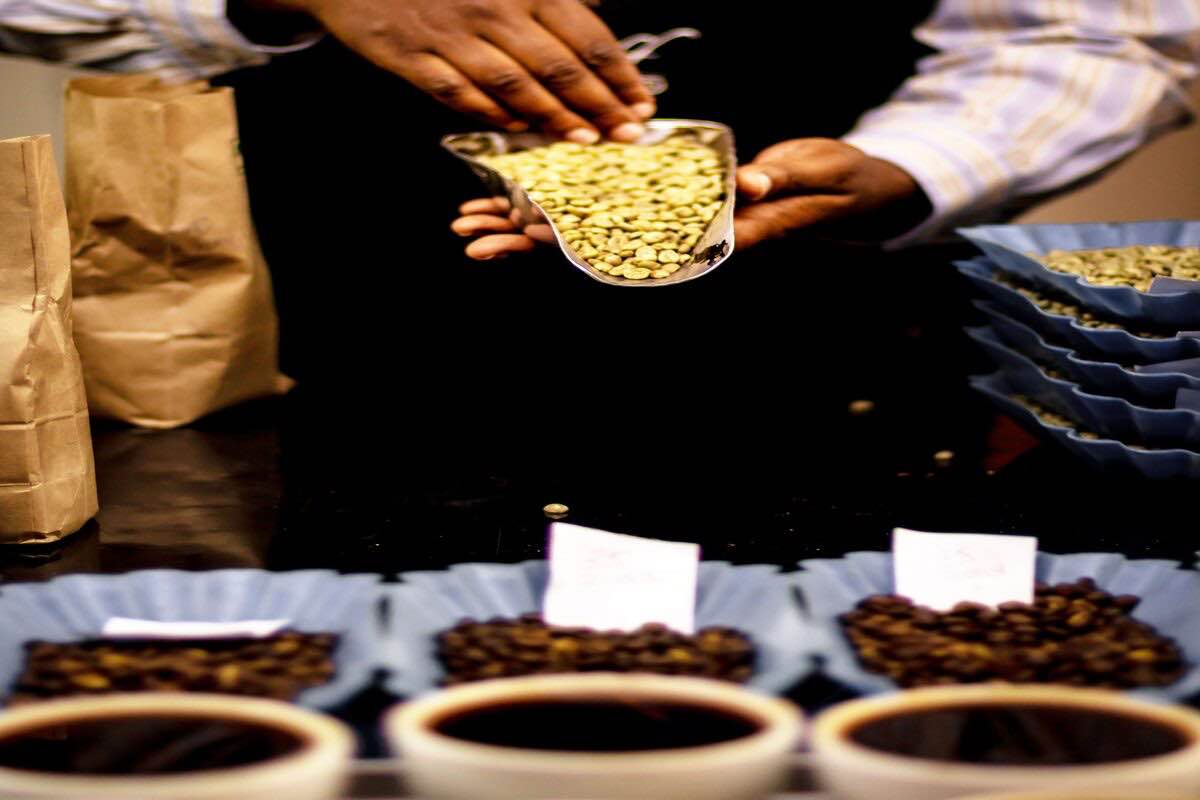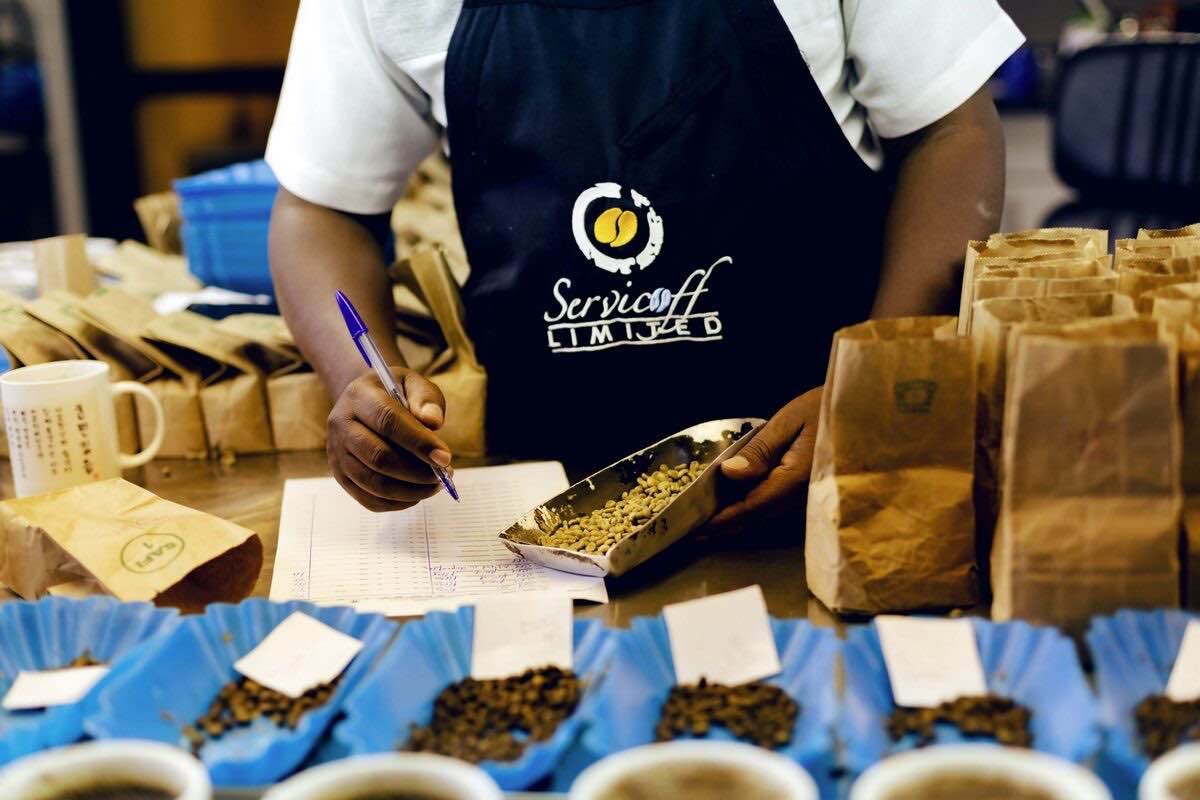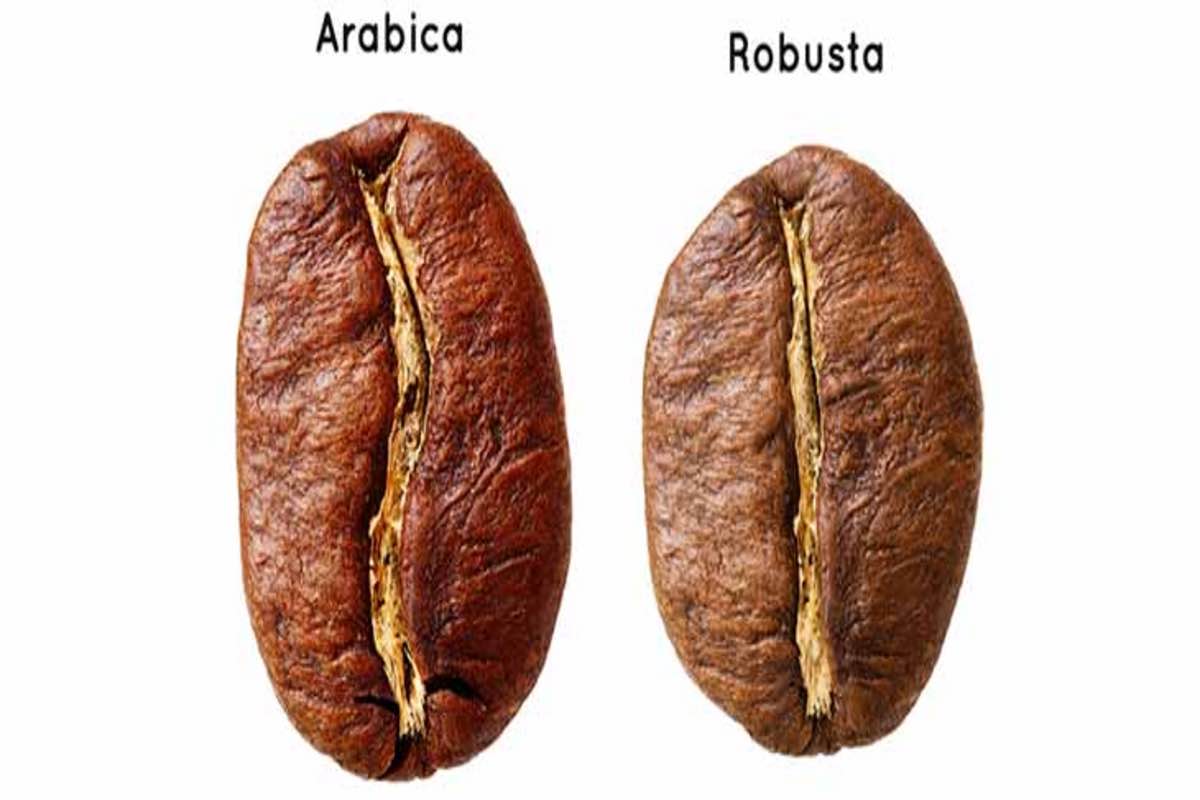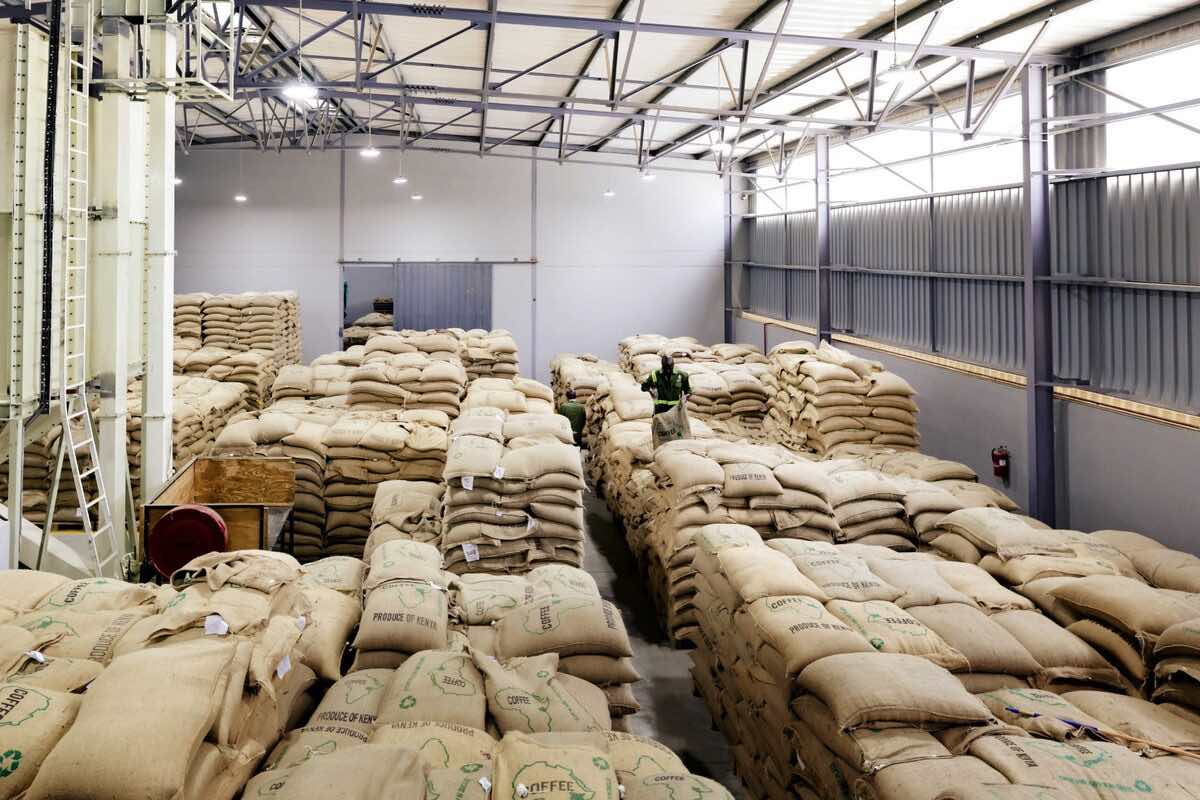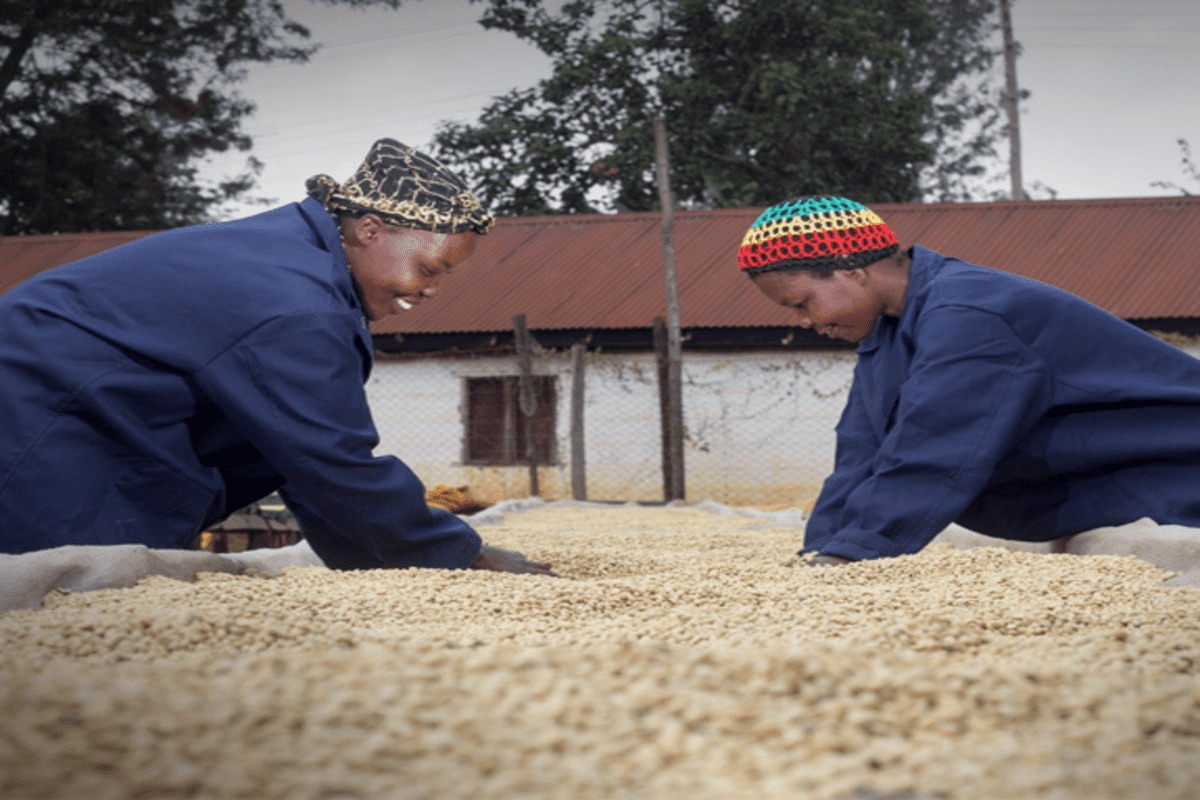Arabica vs. Robusta: Unraveling the Differences in Coffee Beans
Introduction:
Coffee, a beloved beverage enjoyed by millions around the world, owes its rich flavors and aromatic profiles to the unique characteristics of its two main species: Arabica and Robusta. While both varieties contribute to the diverse world of coffee, they possess distinct qualities that set them apart.
In this blog post, we will delve into the differences between Arabica and Robusta coffee, helping you understand the nuances of these beans and make informed choices about your daily brew.
1. Origins and Cultivation:
Arabica: Arabica coffee, known as Coffea arabica, originates from the highlands of Ethiopia. It represents approximately 60% of the world’s coffee production and is grown in regions with higher altitudes and temperate climates. Arabica plants require specific conditions, such as shade and a stable environment, making them more challenging to cultivate.
Robusta: Robusta coffee, scientifically called Coffea canephora, is native to central and western sub-Saharan Africa. As the name suggests, Robusta plants are hardier and more resistant to diseases, making them suitable for lower altitudes and hotter climates. Robusta accounts for about 40% of global coffee production and is commonly grown in regions like Vietnam, Brazil, and Indonesia.
2. Flavor Profiles:
Arabica: Renowned for its delicate and nuanced flavors, Arabica coffee offers a wide range of taste experiences. It often exhibits notes of sweetness, acidity, and varied flavor complexities, which can range from fruity and floral to nutty and chocolatey. Arabica’s lower caffeine content contributes to its milder, smoother taste, making it a popular choice for specialty coffee enthusiasts.
Robusta: Robusta coffee has a more robust and bold flavor profile. It tends to have higher levels of bitterness and earthy, woody notes. Additionally, Robusta contains almost double the caffeine content compared to Arabica, resulting in a more potent and energizing brew. These characteristics make Robusta coffee a favored choice for espresso blends and instant coffee, where a stronger flavor and higher caffeine kick are desired.
3. Caffeine Content and Crema:
Arabica: Arabica coffee typically contains about 1-1.5% caffeine content. While it offers a gentler caffeine boost, it contributes to a smoother and more balanced coffee experience. Arabica beans also produce a richer crema, the layer of foam that forms on top of an espresso shot, adding a visually appealing element to your coffee indulgence.
Robusta: Robusta beans, on the other hand, contain around 2-2.7% caffeine content, significantly higher than Arabica. This higher caffeine concentration provides a more stimulating effect, making it a go-to choice for those seeking an energy boost. Moreover, Robusta’s higher caffeine levels also contribute to the formation of a thicker and more persistent crema, an essential component in espresso-based beverages.
4. Growing Conditions and Yield:
Arabica: Arabica coffee plants require specific growing conditions to thrive. They prefer altitudes between 2,000 and 6,000 feet, with stable temperatures ranging from 60 to 70°F (15-24°C). Arabica trees have a longer maturation cycle, taking approximately 7 to 9 months to produce cherries. They are also more vulnerable to pests, diseases, and weather fluctuations, resulting in lower yields compared to Robusta.
Robusta: Robusta coffee plants are more resilient and adaptable, thriving in lower altitudes and warmer climates. They can be grown at altitudes as low as sea level and temperatures ranging from 75 to 85°F (24-30°C). Robusta cherries mature faster, typically within 9 to 11 months



